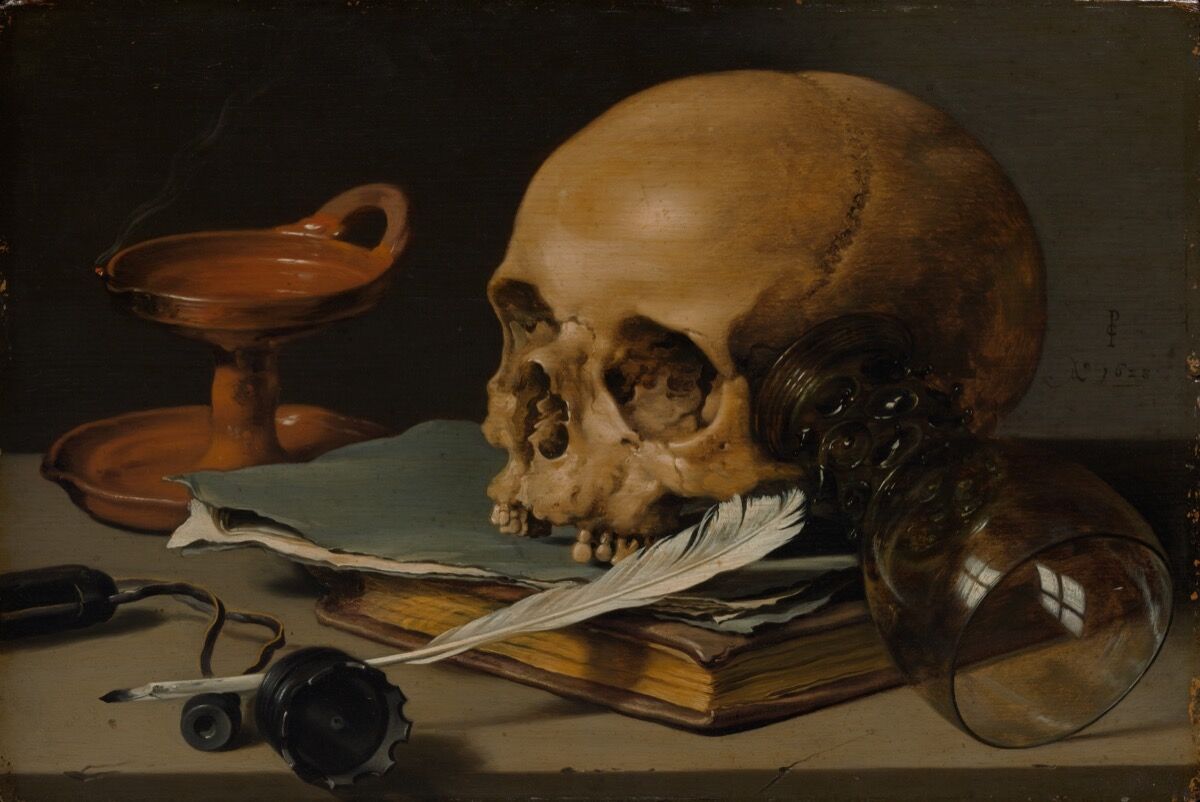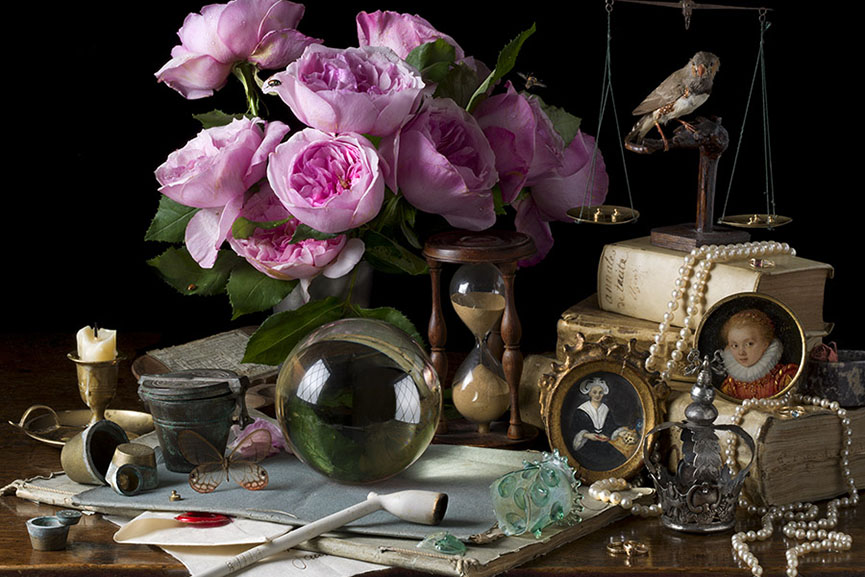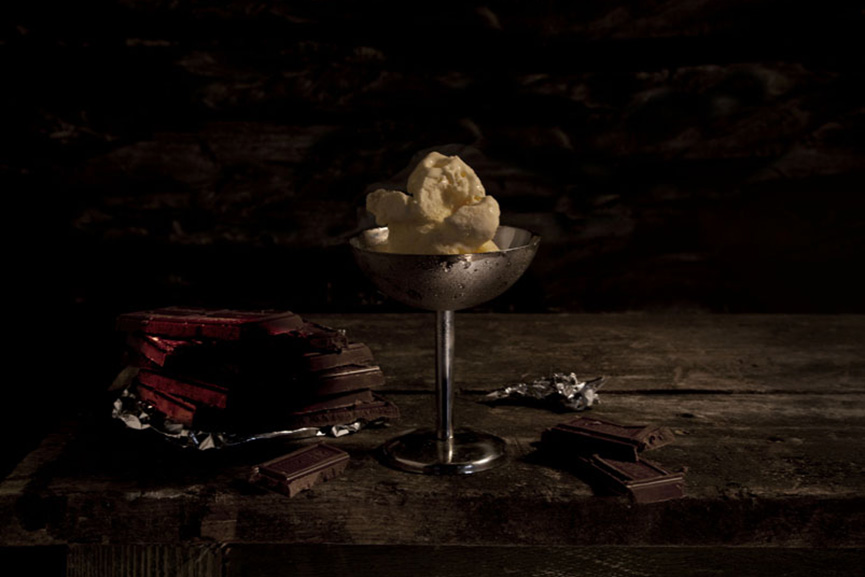Still life can either be art or photography and it depicts inanimate subject matter, typically commonplace objects which are either natural or man-made. They are arranged in a specific way and always tend to portray some sort of message or idea.
Still-life photography’s origins reside in the early 20th century.
Still life derives from the Dutch word stilleven, coined in the 17th century when paintings of objects enjoyed immense popularity throughout Europe.
Vanitas

A Vanitas is a piece that portrays a meaning. It often suggests the idea of ‘now’- how pointless and inefficient pleasure is and the certitude of death. It creates a contrast between wealth and satisfaction with death and the idea of impermanence.
The term originally comes from the opening lines of the Book of Ecclesiastes in the Bible: ‘Vanity of vanities, saith the Preacher, vanity of vanities, all is vanity.
Vanitas are linked with memento mori still lifes (memento mori is a Latin phrase meaning ‘remember you must die’) which portray the shortness of life and how fragile it is. The idea of death is commonly symbolised with the use of skulls, burning/ extinguished candles and other inanimate objects. They also include other objects such as flowers, books, alcohol and other things that are seen as pleasure. These portray how worthless the ideology of pleasure is, as it always comes to an end and never supplies us with anything worthwhile.
Still Life Artists

This photographer was inspired by the work of 17th century painters such as Giovanna Garzoni and Maria Sibylla Merian. Paulette Tavormina is a American photographer who creates still life pieces using many symbols of pleasure as well as the certainty of life, including things such as books and jewellery as well as extinguished candles. She uses dark backgrounds and bright lights to cause them to look as though they are surrounded in darkness while still bringing out the details of the objects.

This photograph seemingly looks like a desert photographed in a dark room. however, this photo is from a series called ‘Last Meal on Death Row’. Despite looking like intricately arranged foods photographed in a Still Life style, the true meaning portrays something much darker. The contrast between the luxurious meal and sinister backstory, causes this to be a very interesting still life piece. The symbolism of pleasure is engulfed in the disturbing fact that this is the last meal of an inmate about to be executed. Through the use of chiaroscuro (the contrast between the dark background and light colour of the ice cream enlightened by a dull spotlight), Mat Collishaw caused the image to look quite dramatic and eerie.
Commonly used Metaphors and Symbols in Still Life
– Flowers: innocence as well as impermanence/ life and growth.
– Skulls: the certainty of death- commonly used to contrast with the other pleasures represented.
– Candles (mostly extinguished): the passing of time/ everything coming to an end.
– Books and Musical Instruments: warn of the futility of worldly pursuits (very expensive things at the time).
– Glass: life of luxury (very expensive at the time).
– Wine Glass: almost empty glass symbolises the brittleness of life.
